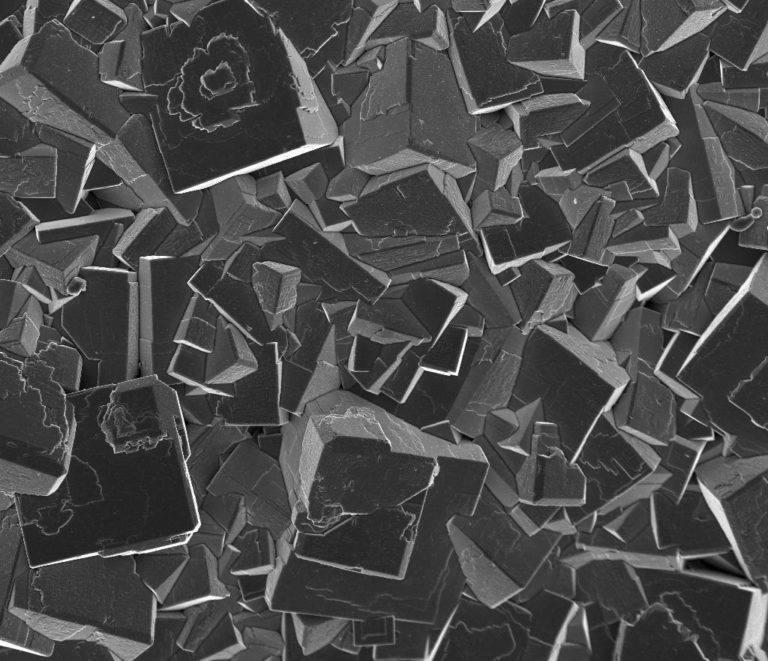Archaeologies of Touch announces itself as an opening salvo for a new media studies subfield capable of addressing this ongoing haptic reconstruction of our media environment. Parisi charts a genealogy of haptic interfacing that begins with seventeenth-century experiments using electrostatic generators and culminates in the latest projections for virtual reality. Over several centuries, we have become rendered “haptic subjects” through an “ongoing cultural training” (43) though “tactile media”—a “shifting assemblage composed of technical elements, embodied sensations, and cultural practices” (97). No longer aiming to stimulate the full surface of the flesh, what now counts as touch-based media assures but one or a few points of contact between the tip of the finger and the screen. Far from fulfilling the fate of electronics by rebalancing the human sensorium, haptic feedback as we know it today seems a step in the opposite direction. Parisi closes his book with a spirited call to action insisting on the need for an interdisciplinary subfield of haptic media studies, on par with visual cultural studies and sound studies.
Articles by Ricky Crano
Ricky D. Crano teaches critical media studies and writing at Tufts University and is completing a book about neoliberalism and digital culture called Swipe Right: Posthuman Capital and the Social Media Subject. He lives in Somerville, Massachusetts.
